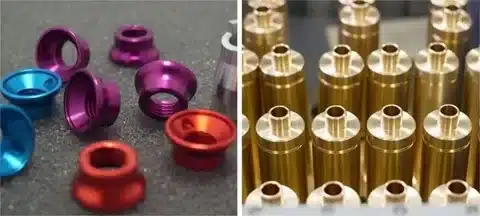In the world of machining and metal fabrication, the lathe tools remain one of the most versatile and fundamental machines in any workshop. At the heart of every successful lathe operation lies a crucial component – the cutting tool. These precision instruments are responsible for shaping raw materials into finished components with exacting specifications. Understanding the various aspects of cutting tools in lathe operations is essential for achieving optimal results in terms of surface finish, dimensional accuracy, and production efficiency.
Understanding the Basics of Lathe Cutting Tools
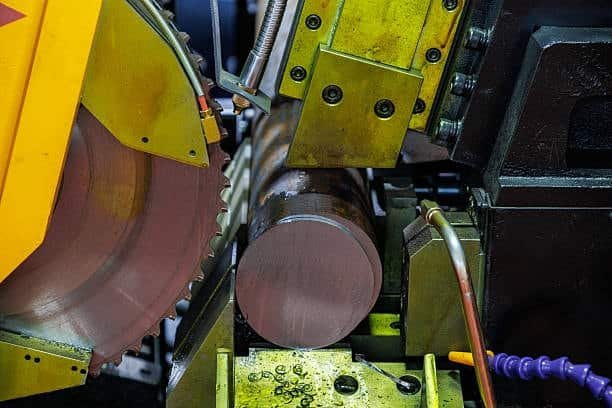
Lathe cutting tools are specially designed implements used to remove material from a rotating workpiece. These tools consist of a cutting edge made of hard material that can withstand the heat and pressure generated during metal cutting operations. The effectiveness of any lathe operation heavily depends on selecting the right cutting tool for the job and understanding how various factors affect its performance.
The Evolution of Lathe Cutting Tools
The history of lathe cutting tools dates back centuries, evolving from simple hand-held chisels to today’s advanced carbide inserts. Early cutting tools were primarily made of carbon steel, which had limited heat resistance and required frequent resharpening. The 20th century saw significant advancements with the introduction of carbide lathe cutting tools, high-speed steel (HSS), followed by cemented carbides, ceramics, and more recently, ultra-hard materials like cubic boron nitride (CBN) and polycrystalline diamond (PCD).
Essential Components of a Lathe Cutting Tools

A typical lathe cutting tool consists of several critical components that work together to achieve efficient cutting action. The cutting edge is the primary working part that makes contact with the workpiece. The shank provides support and allows mounting in the tool post. Relief and rake angles determine how the tool interacts with the material and affects cutting performance. Each component must be properly designed and maintained for optimal results.
Types of Cutting Tools for Lathe Operations
Different cutting tools are designed for specific applications and materials. Understanding the characteristics of each type helps in making the right selection for particular machining requirements. The main types include single-point tools, form tools, parting tools, threading tools, grooving tools and boring tools. Each serves a specific purpose in the lathe machining process.
High-Speed Steel (HSS) Tools
HSS tools remain popular in many workshops due to their versatility and cost-effectiveness. They can be easily ground to specific shapes and are suitable for general-purpose machining applications. HSS tools offer good toughness and are less brittle than carbide tools, making them forgiving for beginners or in situations with less rigid setups. Their main limitation is reduced performance at higher cutting speeds.
Carbide Cutting Tools
Carbide tools offer superior hardness and heat resistance compared to HSS. They come in two main varieties: solid carbide and carbide-tipped tools. Solid carbide tools are made entirely of carbide material, providing excellent wear resistance but at higher cost and with greater brittleness. Carbide-tipped tools feature carbide inserts brazed onto a steel shank, combining wear resistance with structural strength for a balance of performance and economy.
Ceramic and Cermet Cutting Tools
Ceramic tools excel in high-speed machining of hard materials. They maintain their hardness at elevated temperatures and can achieve higher cutting speeds than carbide tools. Cermet tools combine ceramic particles with metallic binders to create a material with excellent wear resistance and chemical stability. These tools are particularly effective for finish cutting operations where dimensional accuracy and surface finish are critical.
CBN and Diamond Cutting Tools

These ultra-hard tools represent the pinnacle of cutting tool technology. Cubic Boron Nitride (CBN) tools excel at machining hardened steels and cast irons, while Polycrystalline Diamond (PCD) tools are unmatched for machining non-ferrous metals and abrasive composites. Their exceptional hardness and wear resistance make them ideal for high-volume production environments, justifying their premium cost through extended tool life and reduced downtime.
Single-Point Cutting Tool Geometry
The geometry of a single-point cutting tool significantly impacts its performance. Key elements include point angle, rake angles, relief angles, and nose radius. Each of these geometric features affects chip formation, cutting forces, tool strength, and surface finish. Optimizing tool geometry for specific applications can dramatically improve machining outcomes.
Point Angle and Its Significance
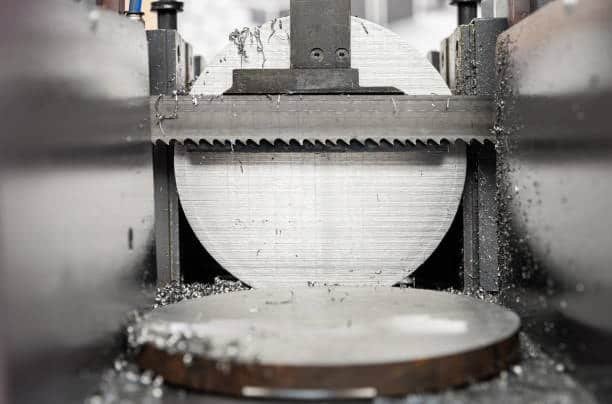
The point angle affects the strength of the cutting edge and the chip formation process. Larger point angles create stronger cutting edges suitable for roughing operations or interrupted cuts. Smaller point angles provide sharper cutting action beneficial for finishing operations but at the cost of edge strength. Selecting the appropriate point angle depends on the specific machining requirements and workpiece material.
Rake Angle Considerations
Rake angles influence chip flow direction and cutting forces. Positive rake angles reduce cutting forces and heat generation but weaken the cutting edge. Negative rake angles provide stronger cutting edges but require more power and generate more heat. The optimal rake angle varies based on workpiece material, tool material, and machining parameters.
Relief Angle Optimization
Relief angles prevent the tool from rubbing against the workpiece surface. Proper relief angles reduce friction and heat generation during cutting operations. Insufficient relief causes excessive tool wear and poor surface finish, while excessive relief weakens the cutting edge. Balancing these factors is essential for optimal tool performance and longevity.
Nose Radius Selection
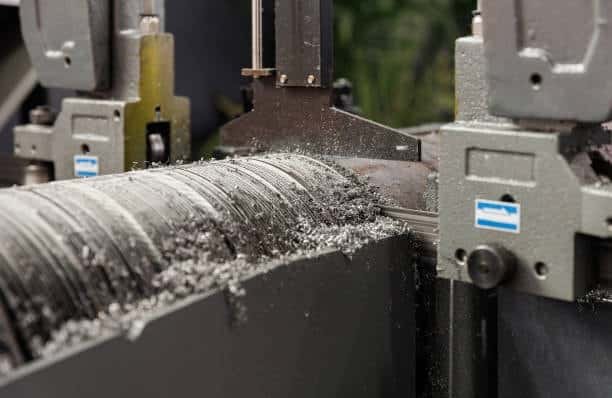
The nose radius connects the side and end cutting edges of the tool. A larger nose radius provides better surface finish and tool strength but increases cutting forces and can cause vibration in certain circumstances. Smaller nose radii allow access to tight corners but are more prone to rapid wear. Selecting the appropriate nose radius is crucial for achieving the desired surface finish while maintaining tool life.
Turning Operations and Tool Selection
Turning is the fundamental lathe operation where the cutting tool moves parallel to the workpiece axis to reduce its diameter. Different turning operations require specific tool geometries and materials. External turning removes material from the outer diameter, while internal turning (boring) enlarges and finishes pre-existing holes. Each operation presents unique challenges for tool selection and application.
Facing Operations Techniques
Facing creates flat surfaces perpendicular to the workpiece axis. This operation requires tools with specific geometry to handle the changing cutting speed as the tool moves across the workpiece face. Proper facing technique involves careful consideration of feed direction, depth of cut, and tool orientation to achieve flatness and surface finish requirements.
Threading Tools and Operations
Threading creates external or internal threads using specially designed threading tools with precise geometry. These tools must maintain exact profile angles and dimensions to produce threads that meet specification requirements. Threading operations involve synchronized movement between the cutting tool and workpiece rotation, demanding precise control and appropriate tool selection.
Grooving and Parting Tools
These specialized tools feature narrow profiles designed to create grooves or completely separate finished parts from stock material. Their geometry includes sufficient side clearance to prevent binding in the cut. The relatively small cross-section of these tools makes them susceptible to deflection and vibration, requiring careful attention to cutting parameters and proper support.
Form Tools for Complex Profiles

Form tools are designed with cutting edges shaped to match the desired workpiece profile. They allow complex shapes to be created in a single pass, increasing productivity for repetitive operations. However, these tools require precise grinding to maintain their profile and are generally limited to specific applications where their cost can be justified by production volumes.
Boring Tools for Internal Features
Boring operations enlarge and finish internal holes and cavities. These tools must extend into the workpiece while maintaining rigidity and accuracy. Anti-vibration boring bars incorporate dampening mechanisms to reduce chatter in deep boring operations. Proper selection of boring tools depends on hole diameter, depth, and required surface finish.
Cutting Parameters for Lathe Operations
The success of any cutting operation depends on selecting appropriate cutting parameters. The three main parameters are cutting speed, feed rate, and depth of cut. These factors interact with each other and must be balanced to achieve optimal results in terms of productivity, surface finish, and tool life.
Cutting Speed Optimization
Cutting speed refers to the rate at which the workpiece surface passes the cutting edge. It significantly affects tool life and surface finish. Different tool materials have optimal cutting speed ranges for cutting tool operations – HSS tools typically operate at lower speeds than carbide or ceramic tools. Exceeding recommended cutting speeds accelerates tool wear, while insufficient speeds reduce productivity and can lead to built-up edge formation knurling tools.
Feed Rate Selection
Feed rate determines how quickly the tool advances into the workpiece. It directly affects surface finish, cutting forces, and chip thickness. Heavier feeds increase productivity but generate more heat and require more power. Lighter feeds produce better surface finishes but reduce material removal rates. Balancing these factors is essential for efficient machining operations.
Depth of Cut Considerations

The depth of cut refers to how deep the tool penetrates the workpiece. Deeper cuts increase material removal rates but generate more heat and require more cutting force. Excessive depths of cut can lead to tool deflection, vibration, and premature failure. Appropriate depth of cut depends on machine rigidity, workpiece material, tool material, and desired surface finish.
Tool Wear Mechanisms and Identification
Understanding how cutting tools wear is essential for troubleshooting and optimizing machining operations. Common wear mechanisms include flank wear, crater wear, built-up edge formation, chipping, and catastrophic failure. Recognizing the signs of each type of wear helps in diagnosing problems and implementing corrective actions.
Flank Wear and Its Management
Flank wear occurs on the relief face of the tool due to friction between the tool and workpiece. It progresses gradually and is considered normal wear. Managing flank wear involves selecting appropriate cutting speeds, applying cutting fluids, and monitoring wear progression. Establishing wear criteria helps determine when tools should be replaced or reconditioned.
Crater Wear Prevention
Crater wear forms on the rake face of the tool due to chemical reactions between the tool and chip at high temperatures. It weakens the cutting edge and can lead to premature failure. Preventive measures include selecting appropriate tool materials with good chemical stability, applying tool coatings, and optimizing cutting parameters to reduce heat generation.
Built-Up Edge Formation Mitigation
Built-up edge occurs when workpiece material welds to the cutting edge during machining. This phenomenon affects dimensional accuracy and surface finish. Mitigating built-up edge formation involves increasing cutting speeds, optimizing feed rates, applying effective cutting fluids, and selecting tools with appropriate geometry and coatings that reduce adhesion tendencies.
Tool Life Assessment and Optimization
Tool life directly impacts machining economics and productivity. Optimizing tool life involves balancing productivity against tool replacement costs. Understanding the relationship between cutting parameters and tool wear rates allows for informed decisions about when to replace tools and how to adjust cutting parameters for optimal economic performance.
Cutting Fluids and Their Application
Cutting fluids serve multiple functions in machining operations. They dissipate heat, reduce friction, flush away chips, and protect against corrosion. Different types of cutting fluids include straight oils, soluble oils, synthetics, and semi-synthetics. The appropriate selection depends on workpiece material, tool material, and machining parameters.
Tool Coating Technologies
Modern cutting tools often feature specialized coatings that enhance performance. Common coatings include titanium nitride (TiN), titanium carbonitride (TiCN), aluminum oxide (Al₂O₃), and diamond-like carbon (DLC). These coatings improve wear resistance, reduce friction, and enhance chemical stability. Multiple-layer coatings combine the benefits of different materials for optimal performance.
Tool Holding Systems and Rigidity
The way a cutting tool is mounted significantly affects machining performance. Rigid tool holding minimizes deflection and vibration, improving dimensional accuracy and surface finish. Quick-change tooling systems enhance productivity by reducing setup time. The selection of appropriate tool holders depends on the specific machining requirements and tool types being used.
Quick-Change Toolpost Systems
These systems allow for rapid tool changes, reducing setup time and increasing productivity. Different styles include piston-type, wedge-type, and multifix systems. Each offers advantages in terms of rigidity, repeatability, and ease of adjustment. Implementing quick-change systems can significantly improve workshop efficiency, especially for small to medium production runs.
Indexable Insert Systems
Indexable insert systems use replaceable cutting inserts mounted in durable tool holders. When one cutting edge becomes worn, the insert can be indexed (rotated) to expose a fresh edge, or replaced entirely. This approach reduces downtime and simplifies inventory management knurling tools. The wide variety of insert geometries and materials available provides versatility for different machining requirements.
Troubleshooting Common Cutting Problems
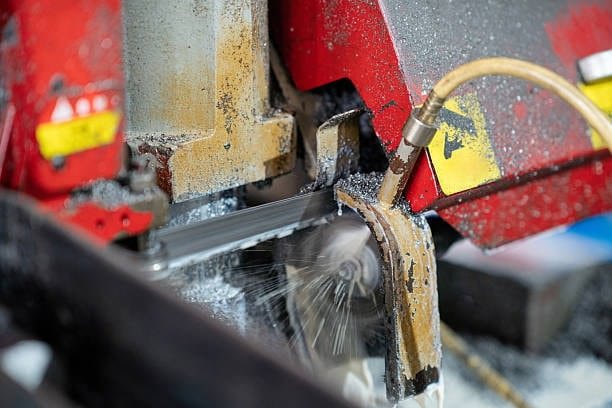
Even with proper tool selection and setup, machining problems can occur. Common issues include poor surface finish, dimensional inaccuracy, vibration (chatter), rapid tool wear, and chip control problems. Systematic troubleshooting involves identifying the specific problem, understanding potential causes, and implementing appropriate solutions knurling tools.
Vibration and Chatter Reduction
Vibration or chatter produces distinctive patterns on machined surfaces and accelerates tool wear. Reducing vibration involves increasing system rigidity, optimizing cutting parameters, selecting appropriate tool geometries, and in some cases, implementing vibration dampening technologies cnc machining. Addressing chatter problems is essential for achieving acceptable surface finish and dimensional accuracy knurling tools.
Chip Control Strategies
Proper chip control prevents safety hazards and damage to the workpiece or machine. Different chip breaker designs influence chip formation and evacuation. Implementing effective chip control strategies involves selecting appropriate tool geometries, optimizing cutting parameters, and in some cases, applying high-pressure coolant to break chips chamfering tools. Well-controlled chips improve operational safety and machining efficiency chamfering tools.
Economic Aspects of Tool Selection
Tool selection should consider not just technical performance but also economic factors. Total cost analysis for clamp lathe cutting tools encompasses initial tool cost, tool life, machine time, labor costs, and quality considerations. Making informed economic decisions requires understanding the relationship between tool cost, performance, and overall productivity impact chamfering tools.
Advanced Cutting Tool Materials
Research continues to develop new cutting tool materials with enhanced properties. Recently developed materials include nano-composite coatings, functionally graded materials, and novel ceramic compositions. These materials push the boundaries of cutting performance, enabling machining of difficult materials and improving productivity for conventional applications rough turning tools lathe cutting tools based.
Digital Integration and Smart Tooling
Modern cutting tools increasingly incorporate digital elements like embedded sensors, RFID tags, and connectivity features. These “smart tools” enable real-time monitoring of cutting conditions, predictive maintenance, and integration with digital manufacturing systems main cutting edge. Implementing digital tooling solutions enhances process control and documentation of machining operations.
Sustainable Machining Practices
Environmental considerations are becoming increasingly important in manufacturing. Sustainable machining practices include implementing dry machining techniques, minimum quantity lubrication, using environmentally friendly cutting fluids, and recycling tool materials turning tools. These approaches reduce environmental impact while often providing economic benefits through reduced consumption and waste disposal costs single body tools.
Conclusion
The selection and application of cutting tools in lathe operations represent a critical aspect of successful machining. From understanding basic geometry to implementing advanced cutting technologies, mastering the nuances of cutting tools enables machinists to achieve superior results in terms of accuracy, surface finish, and production efficiency thread cutting tools. As manufacturing continues to evolve, cutting tool technology remains at the forefront of innovation, offering new possibilities for tackling increasingly complex machining challenges. By applying the principles outlined in this guide for cylindrical workpiece machining , machinists can make informed decisions that optimize tool performance, extend tool life, and ultimately enhance the quality and economics of their lathe operations types of lathe cutting.


